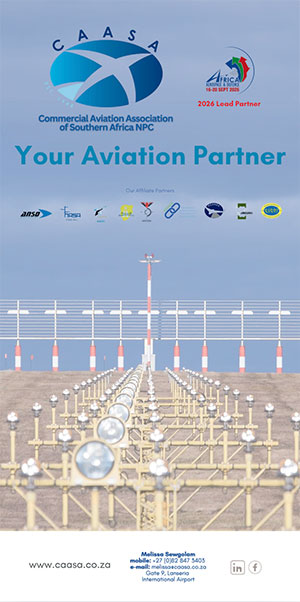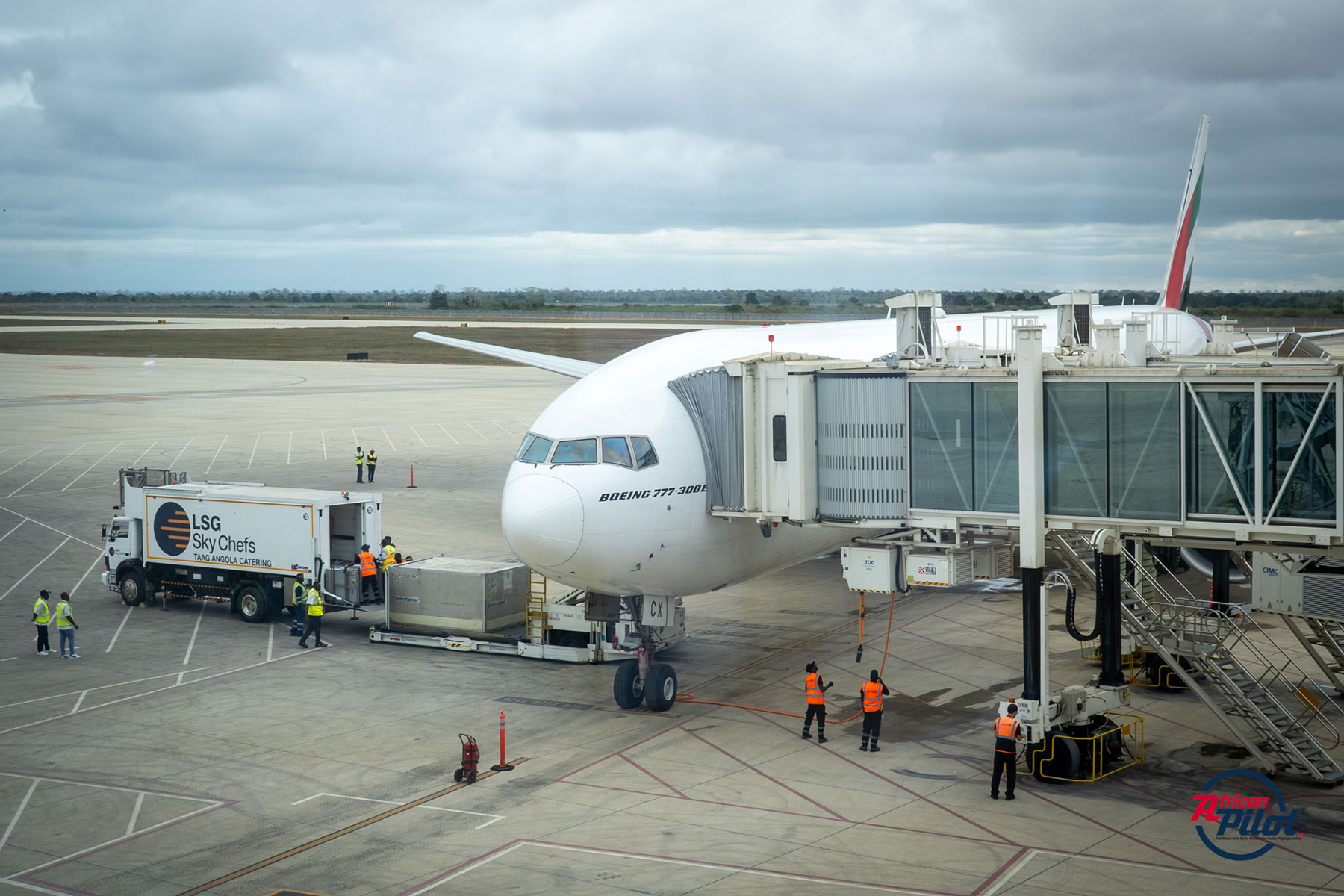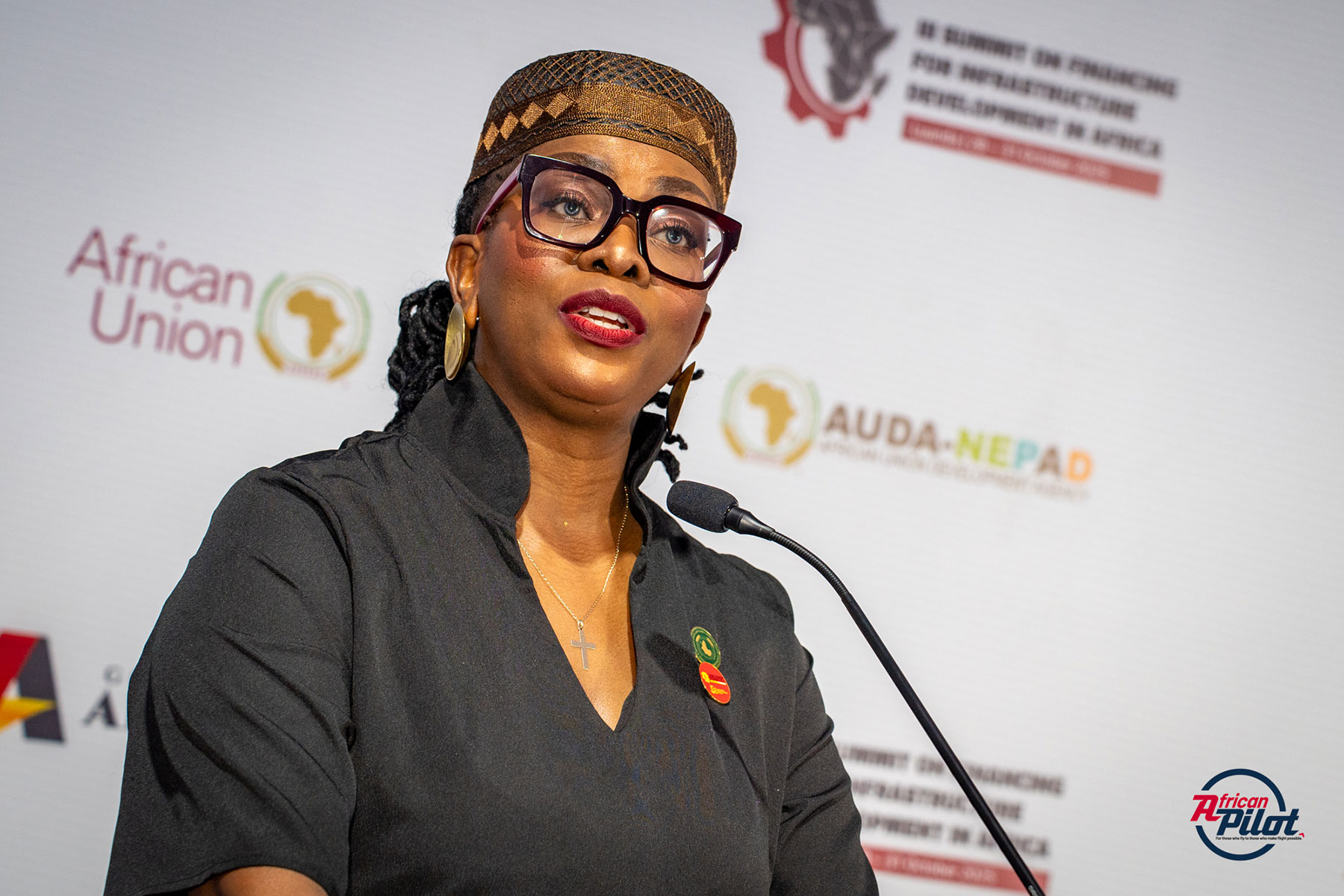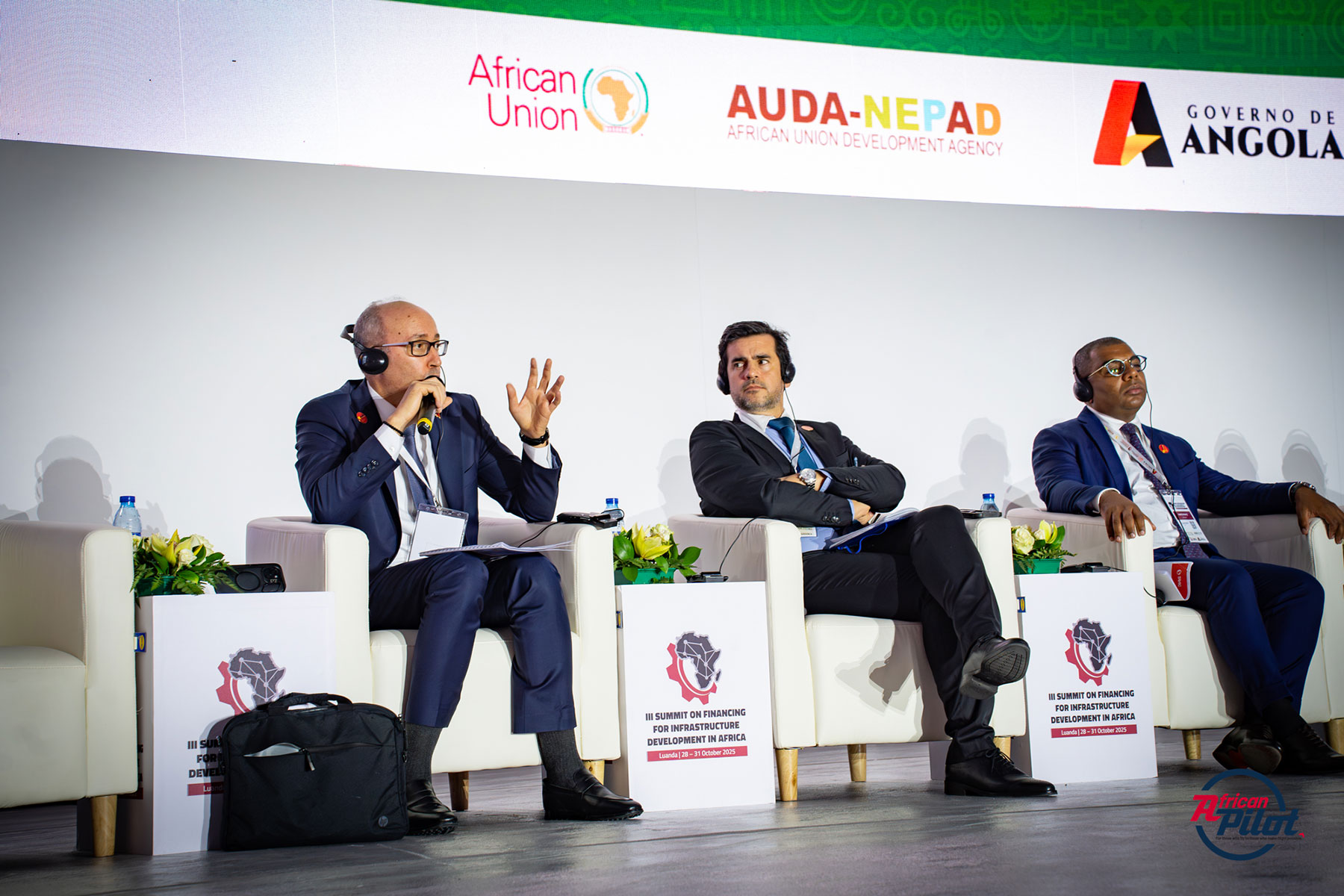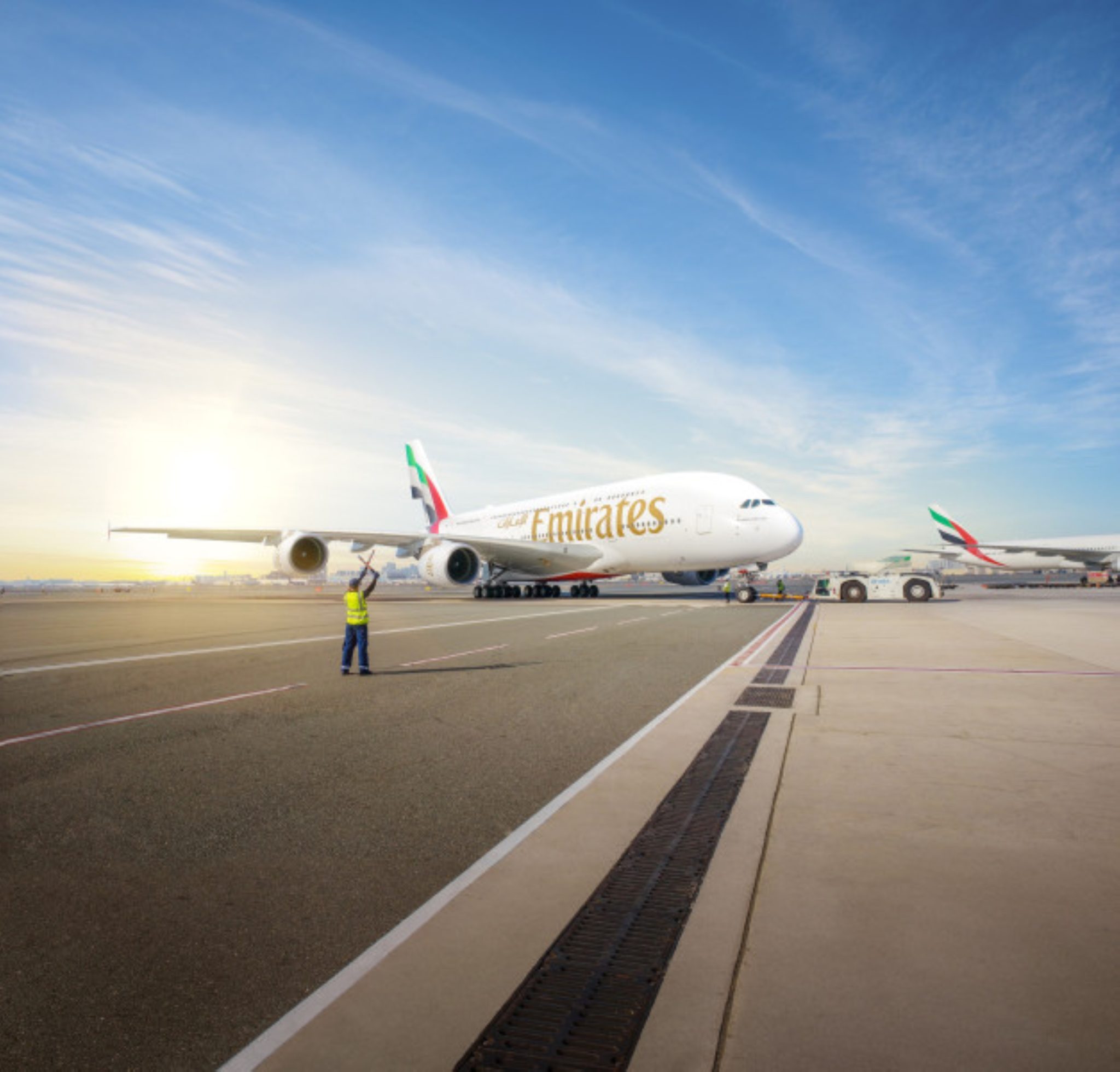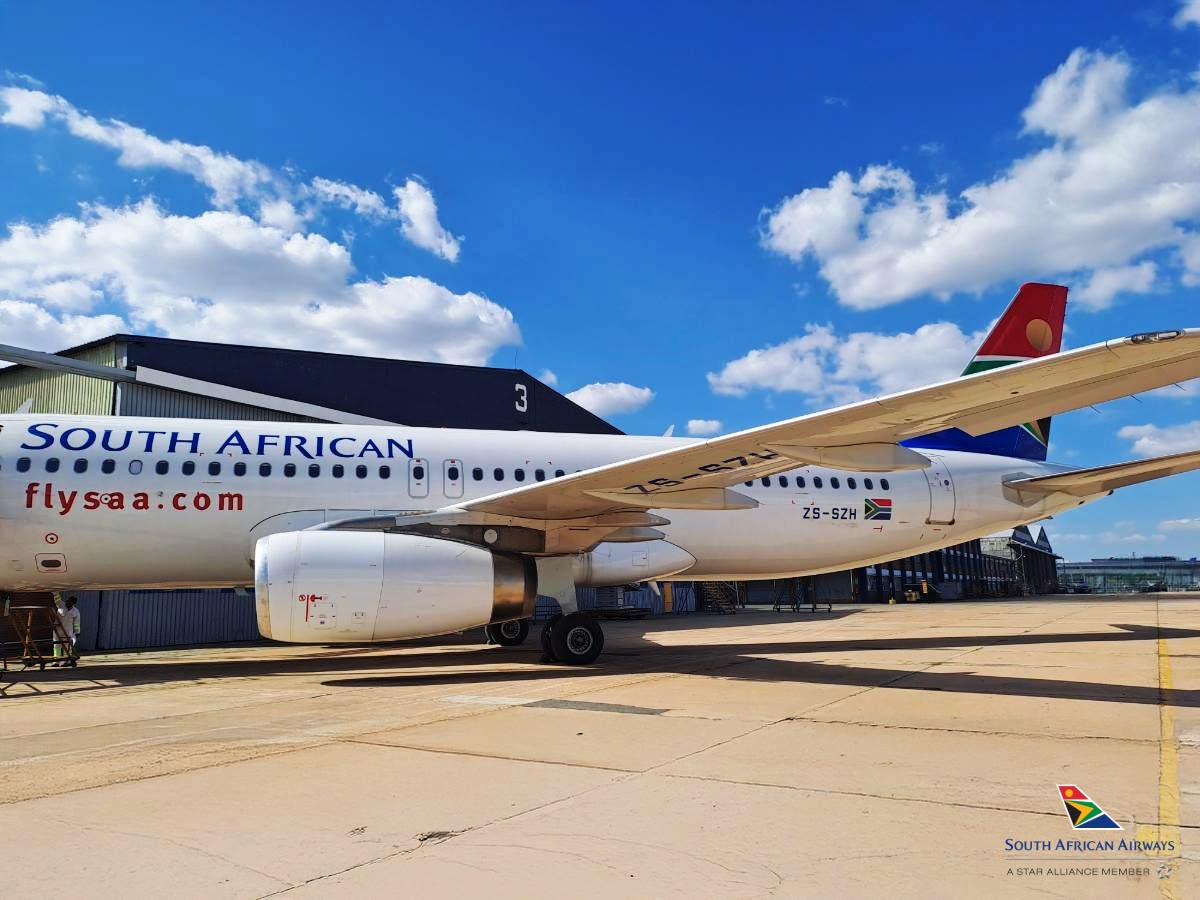Why it Matters
- Collaboration between African states is essential to overcome shared infrastructure and regulatory challenges; Zimbabwe’s approach provides a practical framework.
- Modernisation of airports such as Robert Gabriel Mugabe International Airport demonstrates how targeted investment can align national infrastructure with continental standards.
- Real-time digital systems, harmonised regulations and peer-to-peer learning can reduce costs, improve efficiency and strengthen Africa’s aviation competitiveness.
- Zimbabwe’s policy emphasis on PPPs, open access and regional coordination reflects a growing recognition that sustainable aviation growth depends on integration and shared capacity across the continent.
At the recent Luanda Financing Summit for Africa’s Infrastructure Development, held between 28 and 31 October 2025, a panel discussion on Financing and Modernising African Civil Aviation Infrastructure brought together airline leaders, policymakers, financiers and regulators to examine how investment in aviation infrastructure can accelerate the implementation of the Single African Air Transport Market (SAATM). The session sought to position Africa’s airspace as a key investment opportunity, focusing on using SAATM to create a unified and open airspace that will significantly boost trade and tourism across the continent.
As the panel turned its focus to the role of Africa’s Ministers of Transport in strengthening aviation policy, Engineer Joy Pedzisayi Makumbe, representing the Honourable Felix Tapiwa Mhona, Minister of Transport and Infrastructure Development of Zimbabwe, outlined Zimbabwe’s experience and shared practical steps African countries can adopt to embed aviation objectives into their national infrastructure strategies and budget frameworks.
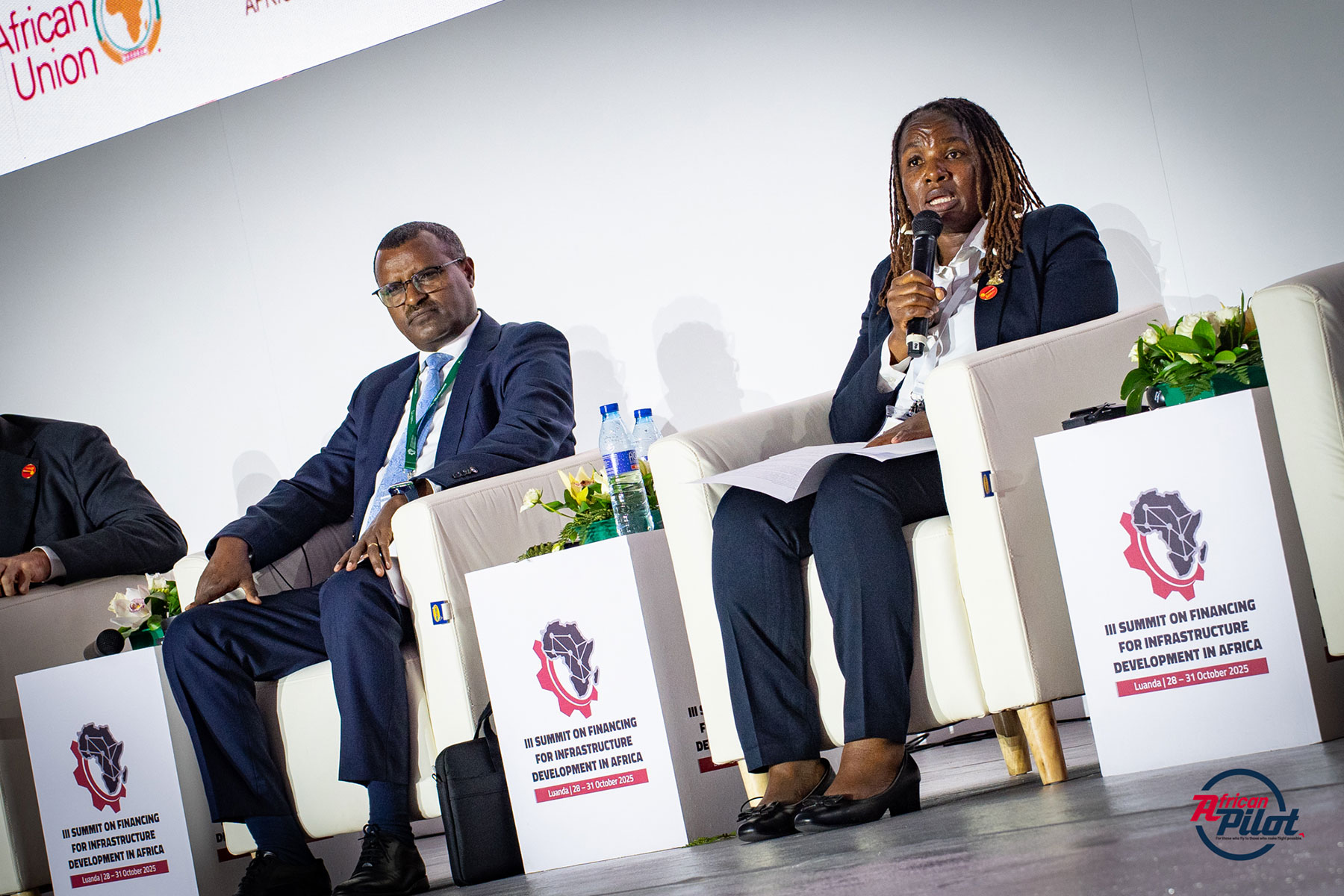
Engineer Makumbe said the foundation of progress lies in collaboration — between African countries, within regions and across sectors. She noted that African nations increasingly recognise that they need one another, and that cooperation offers the best means of addressing shared challenges. Infrastructure, she said, is the starting point. Much of it already exists, but requires modernisation and upgrading to meet current standards.
She proposed forming joint teams between countries to assess infrastructure deficits and address barriers to movement, including visa restrictions. Referring to Rwanda’s example of scrapping visas, she said greater accessibility between African states is essential. She also called for a unified digital system to allow countries to share data in real time. This, she explained, would strengthen security, improve efficiency in the processing of passengers and cargo, and enable faster operations.
Engineer Makumbe stressed the importance of harmonising regulations and standards. Alignment with International Civil Aviation Organization (ICAO) benchmarks, she said, would reduce the time spent at borders and lower the cost of doing business for travellers and airlines alike. Peer-to-peer reviews and capacity-building initiatives were also vital, as African countries operate at different levels of modernisation and can learn from each other’s experiences.
Turning to Zimbabwe’s experience, she said the country has modernised Robert Gabriel Mugabe International Airport, expanding its capacity and introducing larger aerobridges to ensure compliance with SAATM requirements. Zimbabwe has also implemented Fifth Freedom rights, allowing airlines such as Ethiopian Airlines, RwandAir and Kenya Airways to operate within its airspace.
She added that Zimbabwe is prioritising the financing of aviation projects. While aviation has often been treated as secondary infrastructure, Zimbabwe now regards it as a national priority. Efforts include capacity-building for aviation personnel and infrastructure modernisation financed through the fiscus and public-private partnerships (PPPs). Collaboration with regional partners is also underway, including discussions with TAAG Angola Airlines following the expansion of Luanda’s airport.
Engineer Makumbe said that as African countries modernise their airports and increase capacity, there is a need for more traffic and utilisation. She encouraged greater cooperation among African airlines to use each other’s airports and networks. She acknowledged that challenges remain, including regulatory gaps, market restrictions and connectivity limitations, but emphasised that these must be met with political will, collaborative investment and consistent regulatory frameworks.
She outlined Zimbabwe’s current strategies: completing the rehabilitation of airports, improving airspace management and security, continuing liberalisation of the air-transport market, and pursuing PPPs to speed up infrastructure projects. The country is also implementing bilateral air-service agreements (BASAs) to facilitate market access and align with SAATM objectives, while promoting local network connectivity by increasing flight frequency and reliability.
Engineer Makumbe concluded that all these measures aim to accommodate projected growth in passenger and freight traffic within a liberalised aviation regime. She said Zimbabwe and Africa as a whole must continue to modernise, collaborate and harmonise regulations to build a stronger and more connected aviation sector.




